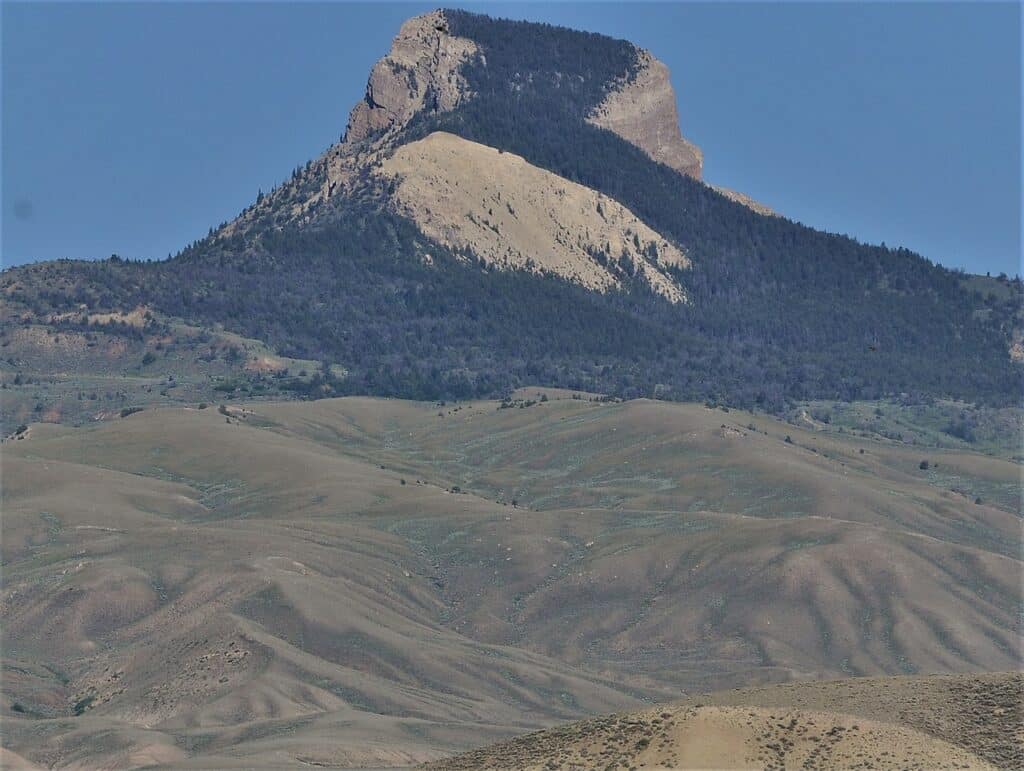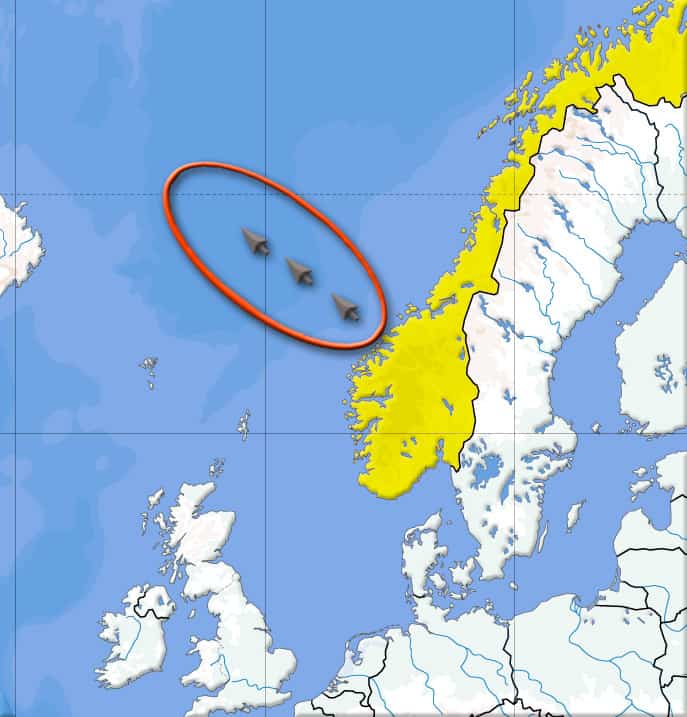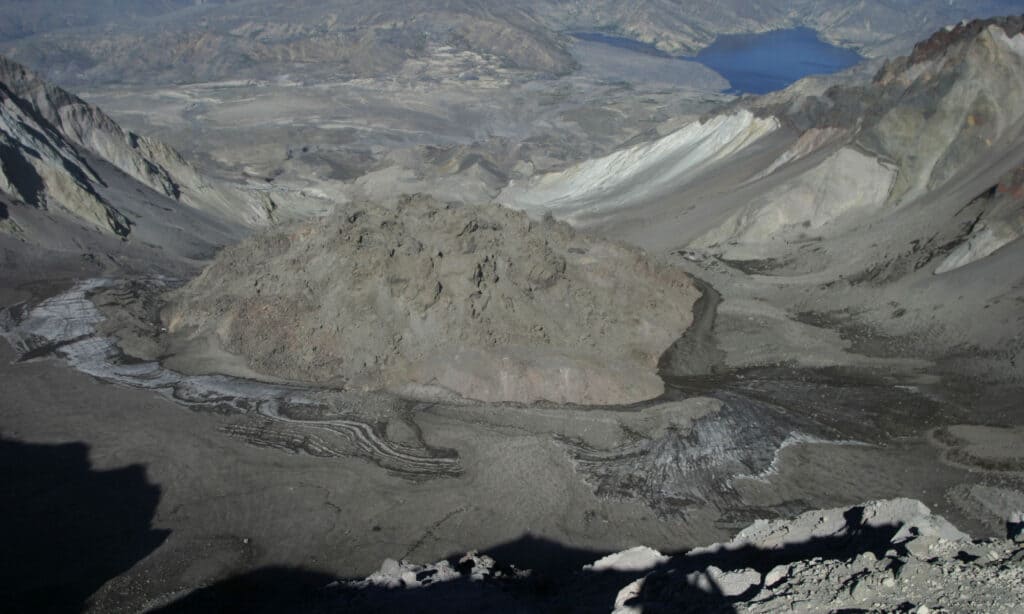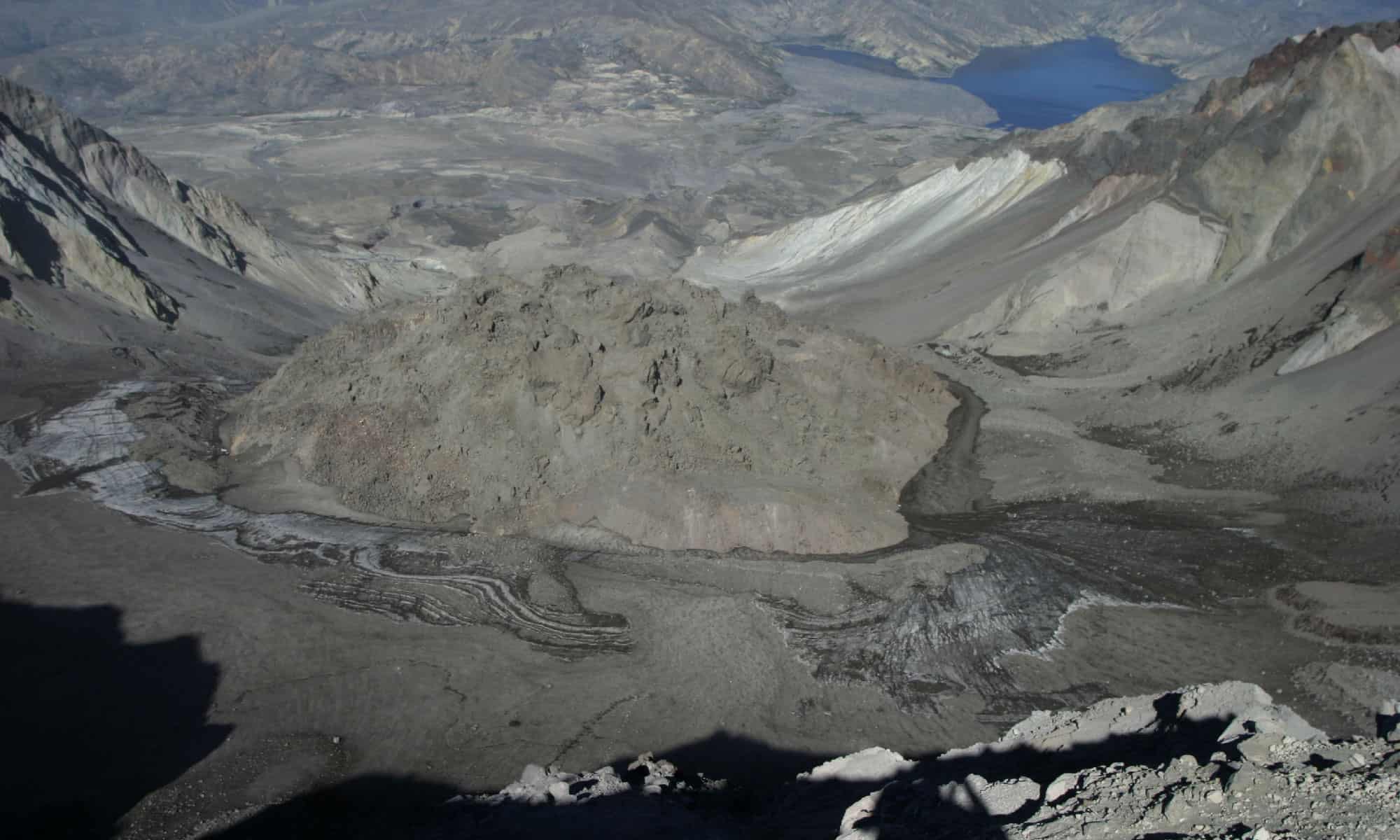You’ve probably heard it a million times: to every action, there is a reaction. This saying can apply to environmental disasters too. Sometimes, from one natural disaster stems another. Landslides, for example, are typically caused by earthquakes and volcanic eruptions. The Earth has experienced massive landslides — some were catastrophic, claiming lives and properties, while others were not. Have you ever wondered what the biggest landslides in history are? Discover three of the largest landslides on Earth in this article.
1. The Heart Mountain Landslide

The largest subaerial landslide in Earth’s history is the Heart Mountain landslide.
©Forest Service Northern Region / public domain – Original
No other landslide on Earth is as massive as the one that occurred about 50 million years ago at the Northwestern side of Wyoming. This incident remains the largest subaerial landslide in Earth’s history. The Heart Mountain is a vast mountain that covers a surface of about 450 square miles. It was also estimated to be about 5,000 feet thick. Interestingly, although the slide happened thousands of millennia ago, remnants of the slide still exist today.
How Did the Heart Mountain Landslide Happen?
Of course, not the whole mountain collapsed; only the crest did. Atop the mountain was the Madison Limestone that fell off and slid at an angle estimated to be lower than 2 degrees. The limestone disintegrated into several pieces and scattered at different distances from the mountain — some settlement areas are as far as 1300 square miles from it.
But what could have caused such a massive slide so quickly? Earthquakes trigger most of the subaerial landslides. However, scientific speculations suggest that the Crandall and Sunlight volcanoes were responsible for the collapse (although there’s no conclusive evidence yet).
2. Storegga Slide

The Storegga Slide is one of the largest landslides that happened on Earth.
If you didn’t know landslides happen underwater, they do. The Storegga Slide is one of the most significant underwater slides in history and it’s one of the largest landslides that happened on Earth. But unlike the Heart Mountain Slide, it happened underwater in the North Atlantic Ocean. What makes the Storegga Slide more memorable is the tsunami it caused that affected two European countries. The tsunami affected about 30 to 35 feet of the West Coast of Norway and 12 to 18 feet of Scotland. There were also damage reports from the Faroe Islands and the Shetlands. Eventually, the head of the slide landed on the Norwegian continental shelf.
How Did the Storegga Slide Happen?
Most underwater slides are caused by changing sea levels affecting methane or sediment hydrates, earthquakes, and excess sediments in steep slopes. This underwater slide happened in Norway about 8,200 years ago. Scientific speculations suggested that it was caused by glacial melting that caused excess sediments to accumulate on the continental slope and shelf. The total volume of the sediments estimated from the slide was about 840 cubic miles. But others claim the slide could have been provoked by an earthquake or the presence of low methane hydrates at the bottom of the sediments.
3. Mount St. Helens Landslide

The Mount St. Helens landslide remains one of the largest that was ever recorded in the United States.
©iStock.com/GoAnywherePhoto
Apart from the Heart Mountain Slide and the Storegga Slide, the world has witnessed smaller landslides, most of which were catastrophic. While the first two slides happened several years ago, landslides keep occurring even in the 20th and 21st centuries. But of all of the most recent ones, Mount St. Helens remains one of the largest that was ever recorded in the United States.
How Did the Mount St. Helens Landslide Happen?
This subaerial landslide that occurred in Washington in 1980 was caused by an earthquake that shook beneath the mountain. The landslide removed the mountain’s peak, which was about 2,949 meters (9,675 feet) in height. However, after the fall of the peak, the height was reduced to 2,549 meters (8,362 feet). The Mount St. Helen landslide covered a surface area of 23 square miles and had a mass of 2.79 cubic kilometers.
A massive eruption occurred after the collapse. And while the landslide was still in motion, a mix of lava, gases, rock, and ash passed through it, destroying a surface area of about 231.7 square miles. The result was a cloud of 540 million tons of ash that drifted to over seven states in the U.S. But the aftermath of the landslide did not end there. The eruption generated heat that melted the snow and glacier in the mountain, and the liquid mixed with the ash and formed into a mudflow.
Summary of 3 Largest Landslides on Earth
Here’s a recap of the three biggest landslides that have occurred in the world.
| Number | Landslide | Time Occurred | Location |
|---|---|---|---|
| 1 | The Heart Mountain Landslide | Around 50 million years ago | Northwestern side of Wyoming |
| 2 | Storegga Slide | About 8,200 years ago | Underwater in the North Atlantic Ocean |
| 3 | Mount St. Helens Landslide | 1980 | Washington |
Thank you for reading! Have some feedback for us? Contact the AZ Animals editorial team.








